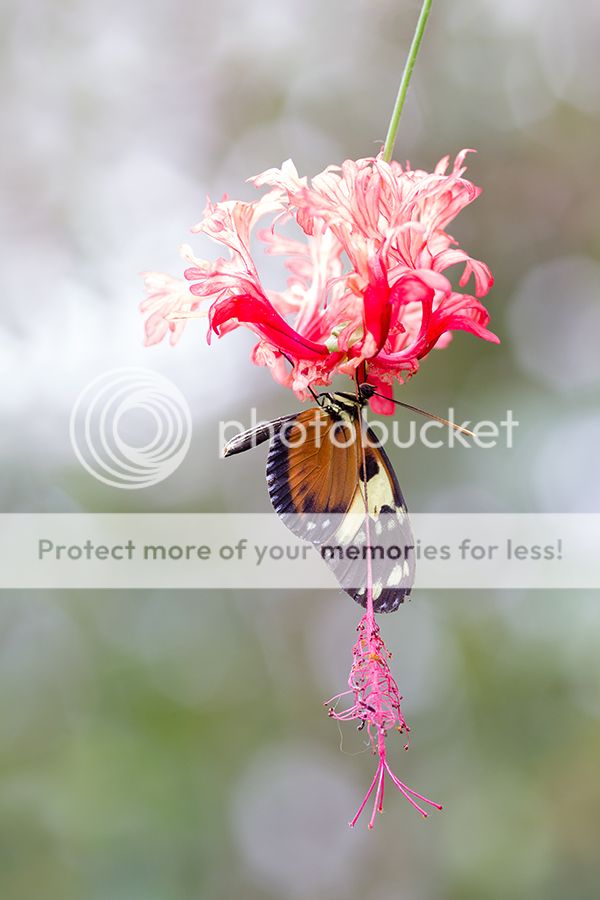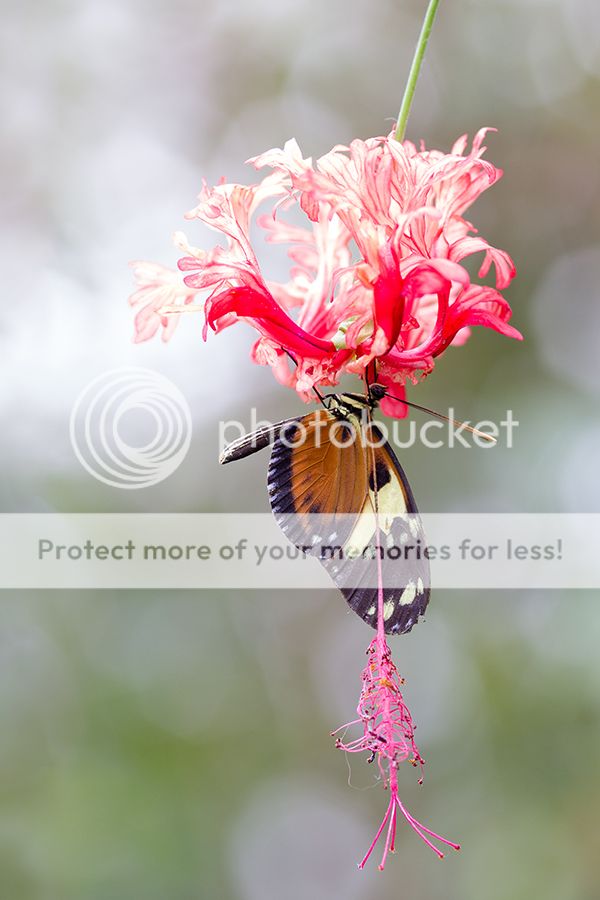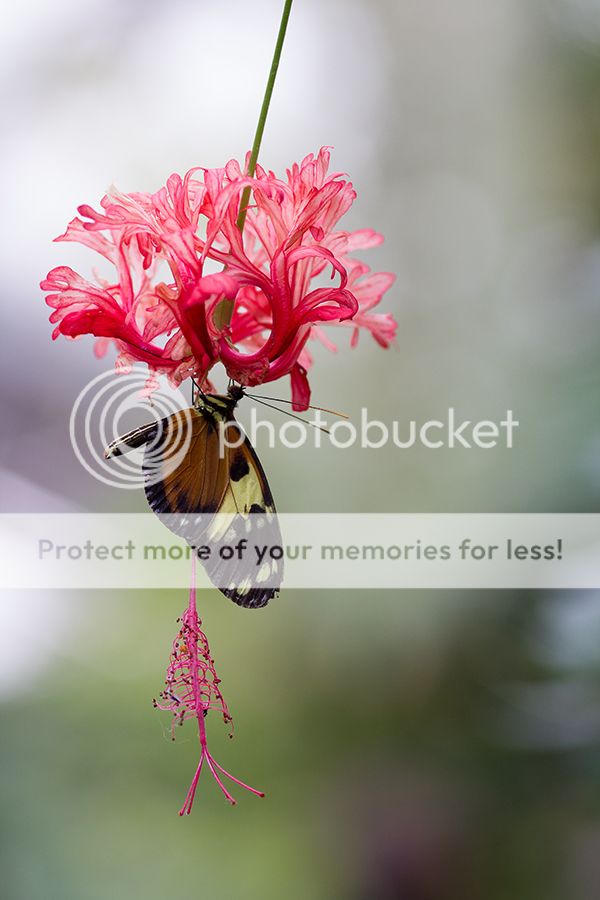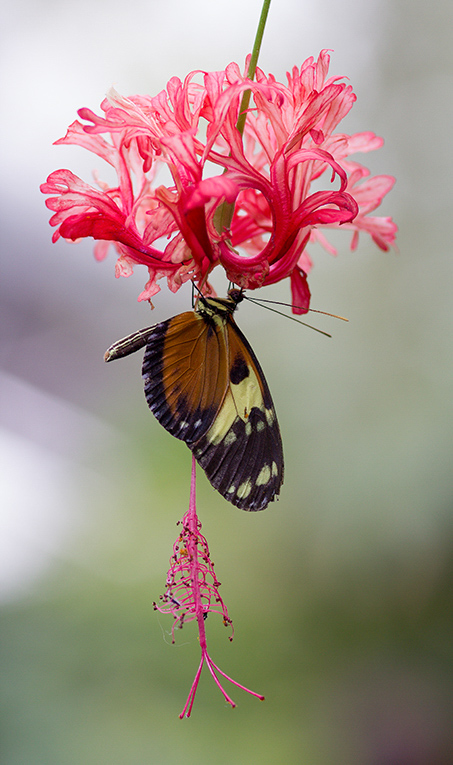- Messages
- 9,192
- Edit My Images
- Yes
Hi I've decided I need to make an effort with macro / close up to improve and try new things
I tend to do the same thing with insects just try to get as close as possible and get it in focus
so here's the first effort from the other day at the Butterfly house
its intentionally over exposed (plus 1 1/3)
I spent an hour photographing this butterfly partly because I was struggling for light and people kept walking past causing movement
(was on tripod and mirror lockup shutter speeds of about 1/6 and f4)
But mainly I was waiting for it to move into a good position and get the background I wanted
in the end I got one shot that I was happy with before another one landed on it causing it to fly off!
I don't really have the eye for composition especially while I'm actually shooting am trying though

Which is the best composition the first shot or the second which is cropped from the first?
I prefer the second crop but interested in what you guys think



I tend to do the same thing with insects just try to get as close as possible and get it in focus
so here's the first effort from the other day at the Butterfly house
its intentionally over exposed (plus 1 1/3)
I spent an hour photographing this butterfly partly because I was struggling for light and people kept walking past causing movement
(was on tripod and mirror lockup shutter speeds of about 1/6 and f4)
But mainly I was waiting for it to move into a good position and get the background I wanted
in the end I got one shot that I was happy with before another one landed on it causing it to fly off!
I don't really have the eye for composition especially while I'm actually shooting am trying though
Which is the best composition the first shot or the second which is cropped from the first?
I prefer the second crop but interested in what you guys think





